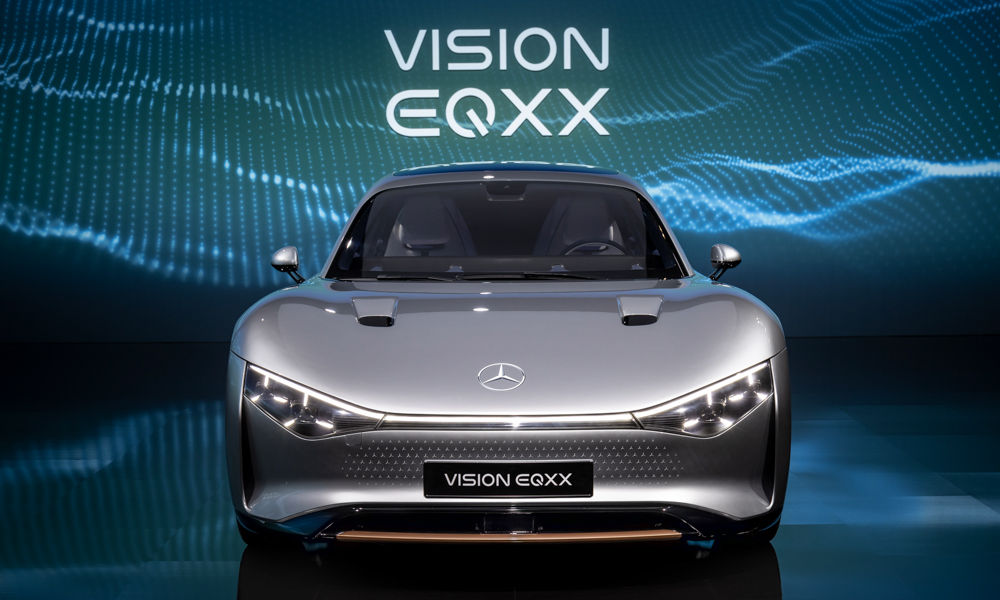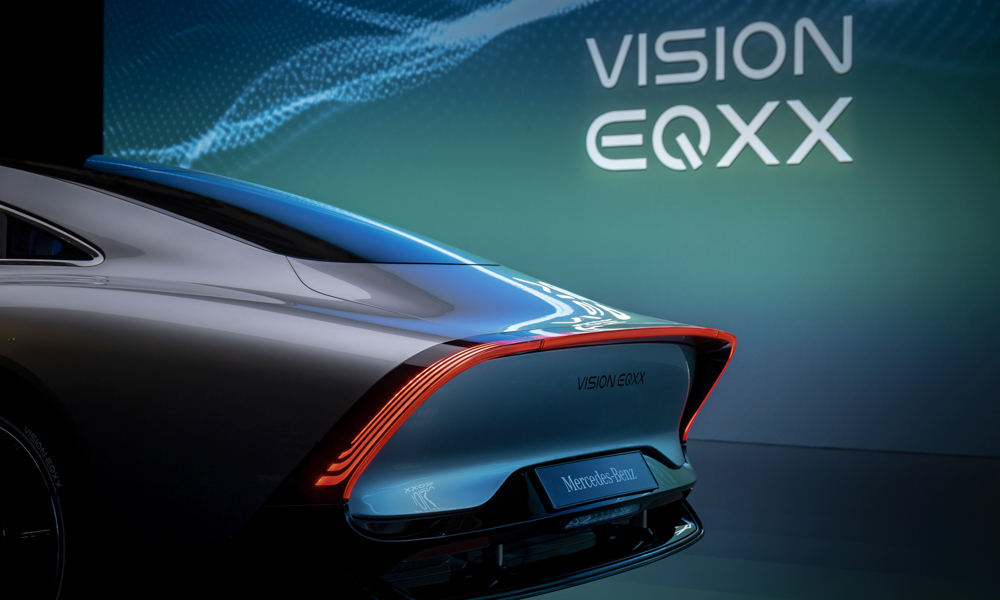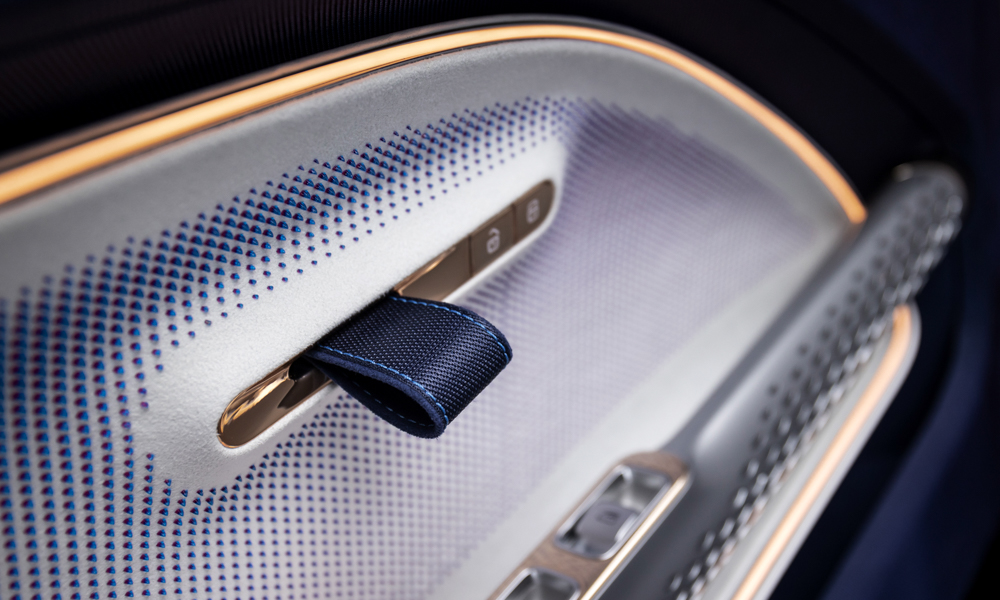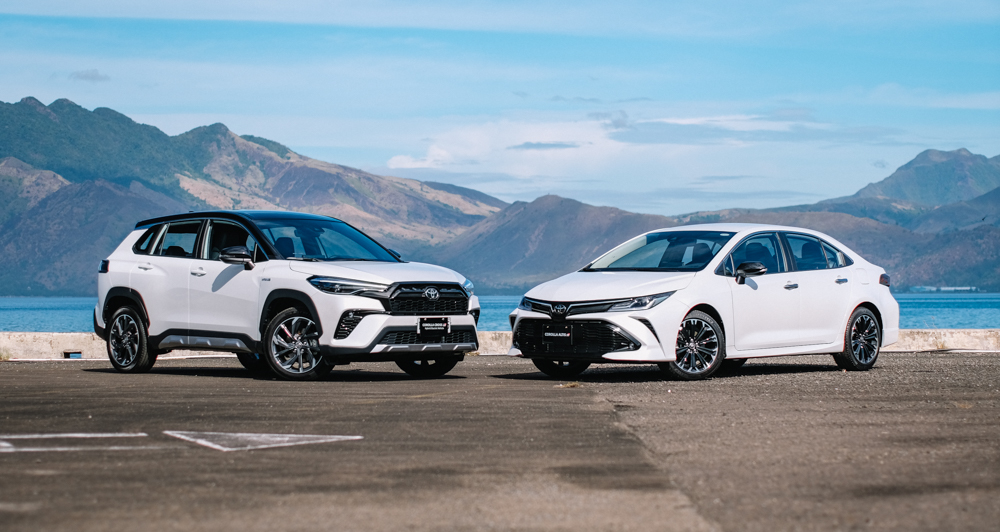
Take a look at high-end EVs like the Porsche Taycan, the Tesla Model S, and the Mercedes-Benz EQS. These vehicles often have massive power figures that put supercars to shame, but they are also some of the heaviest vehicles out there, requiring multiple batteries and motors that increase weight.
It eventually turns into a vicious cycle as weight is also the enemy of performance. But the Mercedes-Benz Vision EQXX is an undoing of modern EV standards. It focuses on efficiency, range and lightness (much like Lotus).



Unlike other EVs with massive power figures, the Vision EQXX has a very conservative output of 201hp. It also has a relatively small battery too, coming in under 100kWh of usable capacity (almost half of the EQS’s). Despite this, the vehicle can travel more than 1,000km on a single charge while being extremely efficient at 10kWh/100km. How?
Remember the McLaren Speedtail and the Volkswagen XL1? These cars share one thing in common: the teardrop shape. The Vision EQXX adopts the same profile which has a very slippery drag coefficient of 0.17. This beats the EQS’s figure of 0.20. This lightweight bodyshell is made from MS1500 ultra-high-strength martensitic steel, and the doors are constructed from a hybrid of CFRP and GFRP components with aluminum reinforcements.
Couple that with ultra-low-rolling-resistance rubber from Bridgestone, lightweight forged-magnesium 20-inch wheels, and active aerodynamics (in the form of a retractable rear diffuser and air curtains), and you begin to see the bigger picture of what the car is all about.


The Vision EQXX also utilizes technologies taken from its manufacturer’s wildly successful Formula 1 and Formula E campaigns. Despite the vehicle’s conservative horsepower figure, the electric motor has 95% efficiency (compared to 30% from the most efficient ICE). An advanced thermal management system, a 900V power system, and 117 solar cells on the roof help squeeze out every last ounce of charge from the 495kg battery.
The chassis also uses the “Bioneqxx” casting for the rear-floor and the “Bionicast” damper domes which allow organic shapes to form extremely lightweight yet rigid chassis components, instead of the traditional method of joining panels together using welding.




Finally, the cabin is a mix of sustainable materials and high-tech components like a large 47.5-inch 8K mini-LED display with 3D navigation, and an enhanced human-like virtual assistant that responds to “Hey Mercedes” and continuously learns via neural networks and artificial intelligence.
While this is a concept that may never see the light of day, expect some of the technologies used in this vehicle to trickle down to future production Mercedes EQ-series vehicles.











Comments